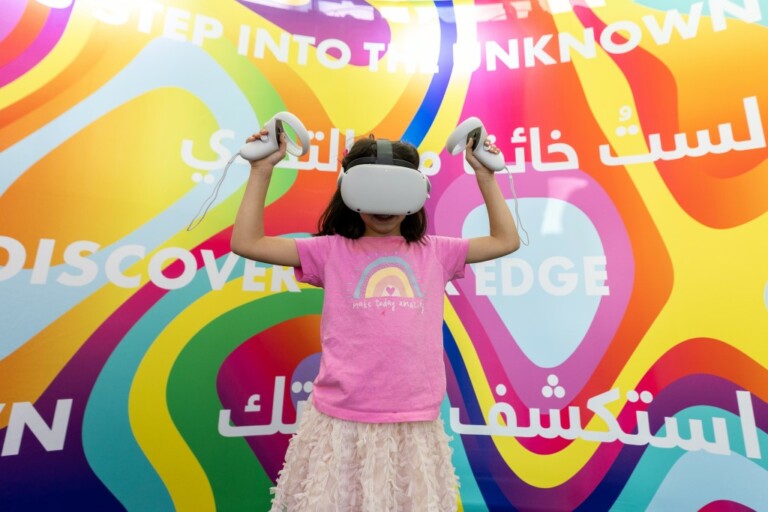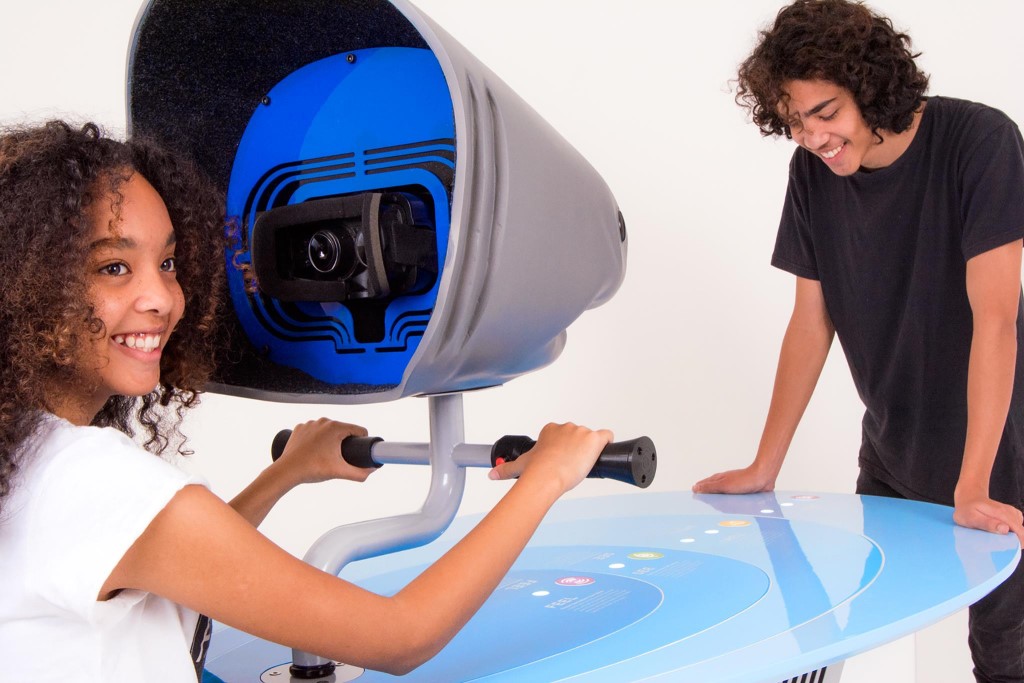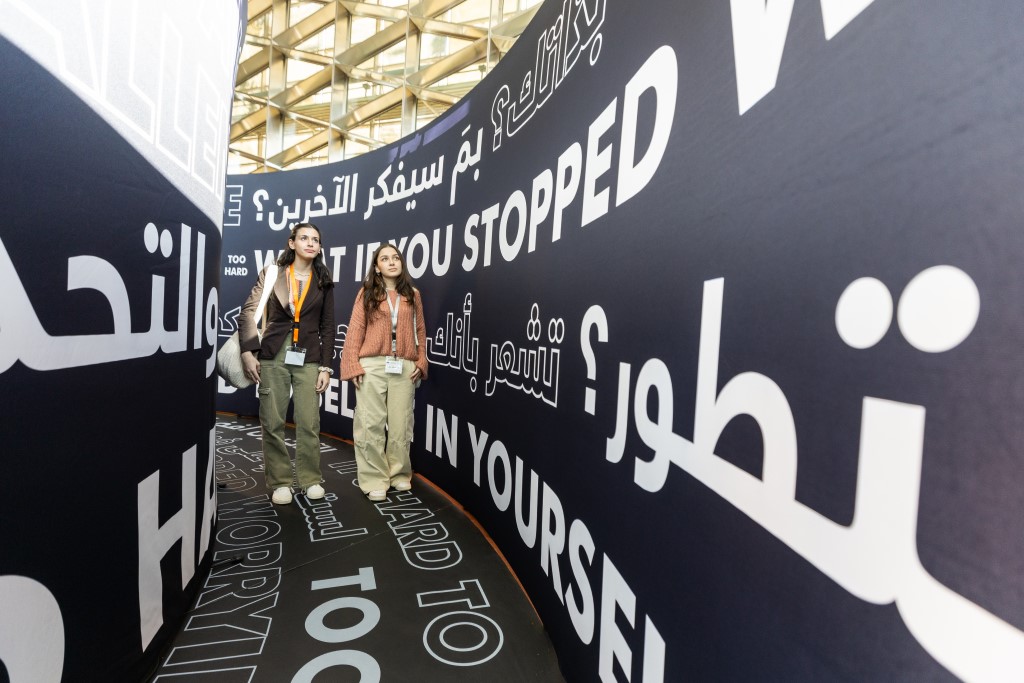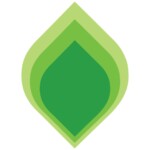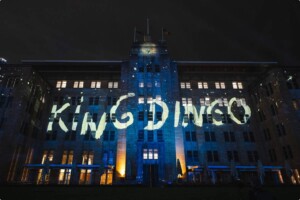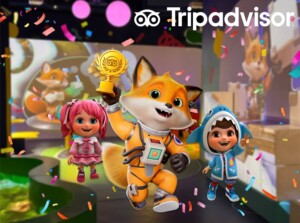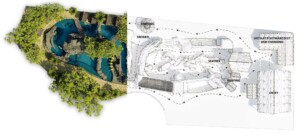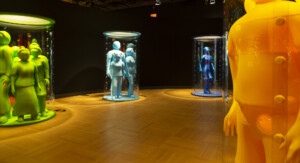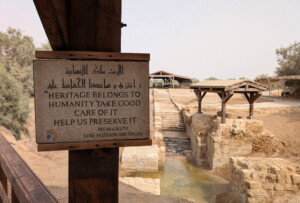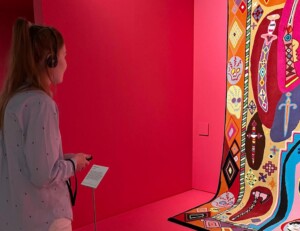formula D_, a producer of internationally recognised and renowned visitor experiences, has shared its insights on the creation of engaging science communication for exhibition design.
The firm has reflected on projects from its portfolio, such as its work at the Mishkat Interactive Center for Atomic and Renewable Energy in Saudi Arabia. Here, it developed an immersive learning experience which sought to demystify what renewable energy is and how it can be used within different societies. formula D_ created a wall-sized projection space and fun physical props designed to help younger visitors to consolidate the technical information learnt during a visit.
“In the age of rising mistrust and scepticism towards science, science communicators are under pressure to turn the tide on misinformation,” says the firm. “Nowadays it is not enough to only share facts and science principles alone. Science communication needs to be creative and engaging. We’re competing against a flood of highly engaging, emotive, story-based media that has garnered the attention of millions of citizens daily.”
Know your audience
formula D_ advises that science centres and museums should build interactive exhibitions that follow essential principles of powerful science communication.
Firstly, the firm suggests that attractions work to develop relationships with their visitors, and this begins with understanding the audience’s individual requirements, interests, and expertise levels. By understanding the background and opinions of their visitors, attractions are better able to create material that resonates with them.
formula D_ adds: “Consider cultural differences and sensitivities when communicating science. Language, symbols, and examples should be culturally appropriate to ensure effective communication across diverse audiences.”
Furthermore, the firm suggests that venues can create more engaging exhibitions by engaging in two-way communications and encouraging discussions, questions, and feedback. “Acknowledge and address concerns and be open to ongoing conversations with your audience,” it suggests.
Tell a compelling story
formula D_ also offers insights on how to tell a compelling story in a science centre exhibition.
Attractions are advised to break down complicated scientific concepts into basic, understandable language. “Avoid jargon and use analogies or metaphors to make the information more accessible to a broader audience,” says formula D_.
To engage your audience, it can be effective to present scientific facts as a story. It explains: “Stories create emotional connections and help people relate to the subject matter on a personal level.” To enhance the narrative even further, the firm suggests that attractions immerse the audience in multisensory storytelling: “Presentations and stories are more impactful when all senses are engaged”.
Encourage critical thinking
formula D_ also shares its learnings on ways to foster trust and enrich understanding through exhibition communications.
Science centres can build trust by providing information that is supported by evidence, being open and honest about the scientific method, and admitting uncertainty. formula D_ recommends that attractions emphasise the expertise of the scientists involved in the research.
“Promote critical thinking by encouraging your audience to question information, seek evidence, and engage with the scientific process,” suggests the firm. This approach encourages visitors to be better informed and to become more scientifically literate.
In addition, the firm recommends that attractions connect scientific ideas to everyday situations and real-world instances. This helps make abstract concepts more relatable to people’s everyday experiences. By emphasising how scientific discoveries have real-world ramifications and useful applications, attractions can help their audiences understand how the information is relevant to their lives or society as a whole.
“Over and above, formula D_ employs behavioural science principles to move and audience from knowledge to action,” it concludes. “When designing exhibits on topics such as climate change, nature conservation, sustainable communities, and renewable energy, we nudge visitors to make better decisions for a sustainable future.”
formula D_ recently shared its findings on what kids can teach us about exhibition design. The firm has been designing for and with children for years. It asked them what they find most important when designing educational kids’ experiences.
